What is the Difference Between White Gold and Platinum
Sep 22, 2023
Platinum and white gold are often confused or uncertain choices. Although they are very similar, when comparing platinum vs white gold, these two precious metals have key differences that directly affect the long-term durability, maintenance needs, and price of a diamond ring. If you're struggling to decide between the two for an engagement or wedding ring, it's important to first understand the differences between white gold and platinum. Next, Darry Ring will guide you through the definitions of both, compare their features, and help you make an informed decision. Keep scrolling to discover more details!
What is Platinum?
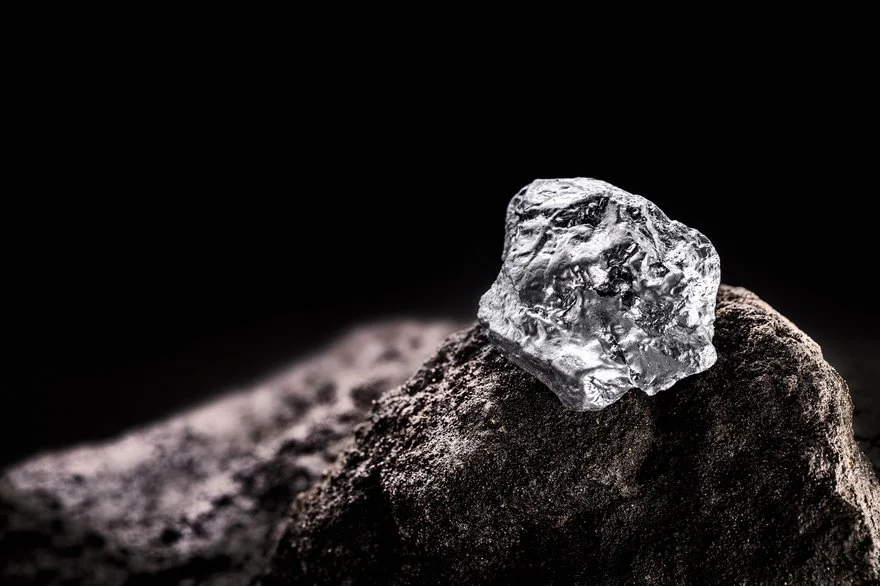
Platinum, a naturally occurring precious metal, is more ductile than gold and highly resistant to corrosion. Its silver-like appearance makes it ideal for luxury items. To increase its hardness for jewelry, platinum is often alloyed with 5% or 10% cobalt or palladium, resulting in 950 platinum and 900 platinum alloys.
What is White Gold?
White gold is not a natural metalbut rather an alloy composed of gold mixed with other metals such as palladium and silver. By coating the surface with the rare rhodium metal, platinum can exhibit a bright sheen similar to that of platinum.
In the jewelry industry, 24K represents pure gold. Depending on the gold content, platinum can be classified into 9K, 14K, and 18K platinum. 9K platinum has the lowest gold content, at only 37.5%. 14K platinum consists of 58.3% gold and 41.7% alloy, while 18K platinum contains 75% gold and only 25% alloy.
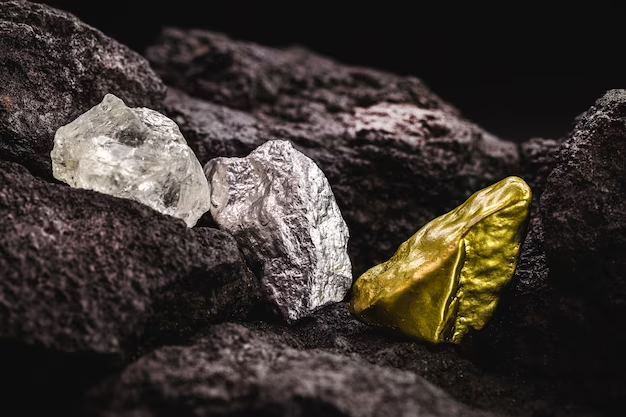
What is the Difference Between Platinum and White Gold?
Based on their respective definitions, the first major difference comparing platinum vs white gold lies in their chemical composition. However, this distinction is imperceptible to the naked eye when selecting an engagement or wedding ring. To more clearly highlight the differences between platinum and white gold, here are five key aspects to consider.
Platinum vs White Gold: Color
Although it's hard to distinguish at first glance, there are subtle color differences between white gold and platinum. Platinum generally has a natural silvery-white hue with a hint of gray, giving it a more substantial feel. White gold, being an alloy of gold and other metals, often appears colder and brighter due to the rhodium plating used to mask the underlying yellow tones.
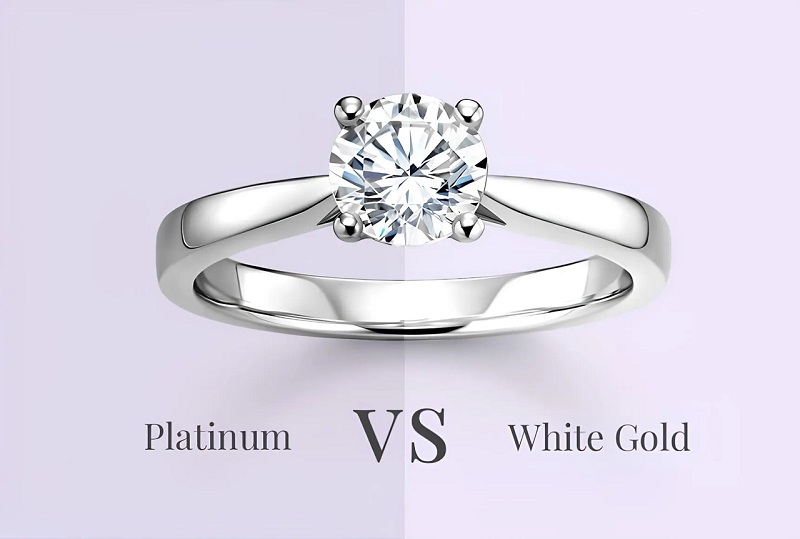
Platinum vs White Gold: Weight
When comparing platinum vs white gold, you'll notice that the former is heavier than the latter for the same volume. This is because platinum has a higher density, approximately 21.4 grams per cubic centimeter. White gold, due to its alloys, is less dense, ranging from 15.6 to 19.3 g/cm³. This difference can be an important factor to consider when selecting your wedding or engagement ring.
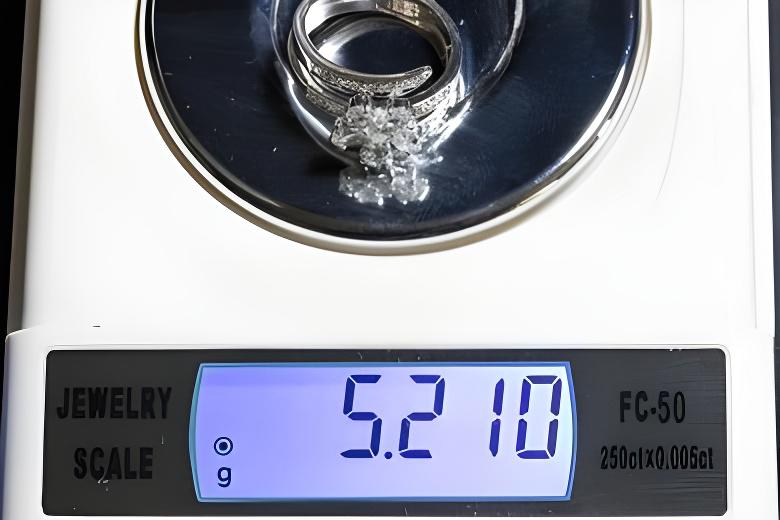
Platinum vs White Gold: Price
Typically, white gold is more affordable than platinum, which is one of its advantages. This is because platinum has a higher density, requiring more raw material to create rings and jewelry. However, the costs of white gold and platinum can fluctuate with market dynamics. If the prices of metals like palladium and nickel, used in white gold, rise, white gold could potentially become more expensive than platinum.
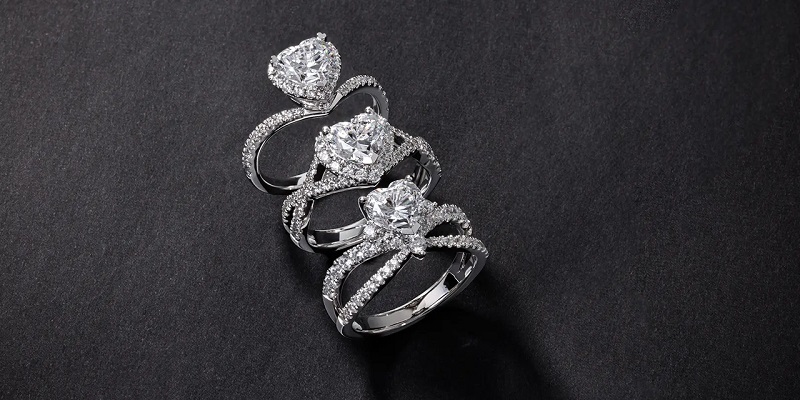
Platinum vs White Gold: Allergy
The difference between platinum and white gold in composition also affects how they react with the human body. Simply put, over time, the plating on a white gold ring may wear off, exposing the underlying palladium or nickel. If you are allergic to these metals, your skin may quickly become irritated. In contrast, platinum is purer and has a lower incidence of allergies.
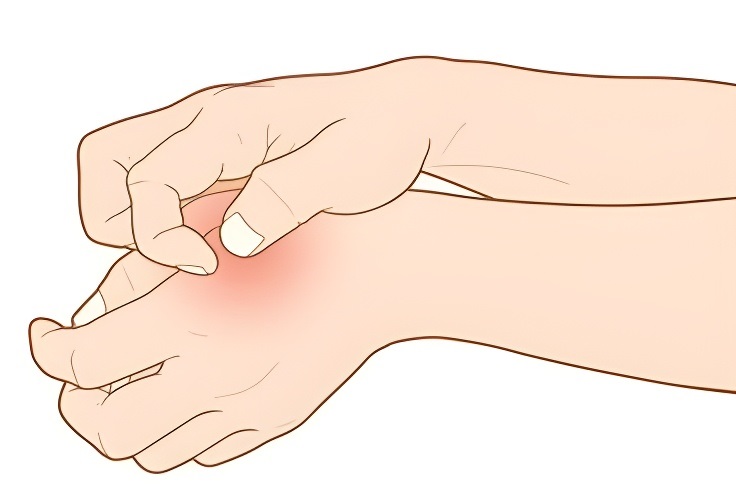
Platinum vs White Gold: Durability
The differences between platinum and white gold become more apparent over time. Platinum's high density gives it excellent durability. Even with severe scratches, it will develop a unique surface over time, known as patina, which is vintage aesthetic.
However, white gold rings tend to lose their high shine and sharp edges after some wear, causing the ring to thin out. This requires you to visit a jeweler regularly to re-plate your white gold ring and maintain its shine.
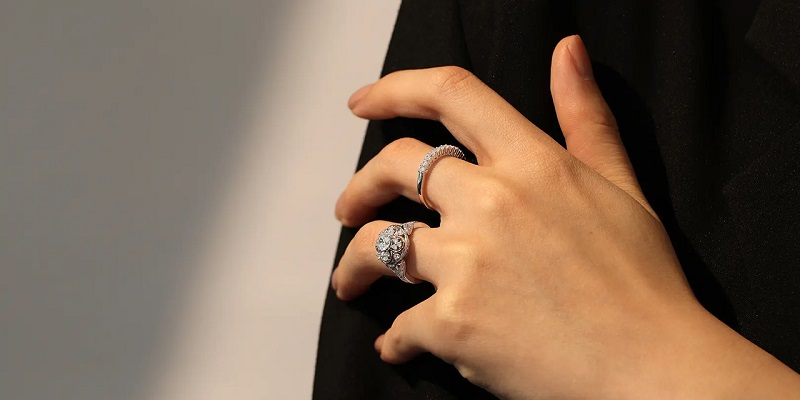
Final Decision Between Platinum and White Gold
Platinum vs white gold, each has its distinct characteristics. Platinum is renowned for its natural, pure white color, lasting brilliance, durability, and skin-friendly nature. Its understated elegance endures over time, capturing precious memories with every passing moment. In contrast, white gold stands out as a more budget-friendly choice. It offers versatility, catering to both minimalist and luxurious aesthetics. However, white gold does require regular maintenance.
As for which is better, platinum or white gold, it ultimately depends on your priorities in quality, personal preferences, and cost. Regardless of your choice, Darry Ring offers a wide range of designs and diamond options to meet your expectations. Moreover, it supports customization services, allowing you to create a truly unique platinum or white gold diamond ring. Most importantly, upholding the philosophy of "Buy for One Person in a Lifetime," Darry Ring provids not just a piece of jewelry but a meaningful symbol of your precious emotions, carrying the beauty of your memories and the promise of forever.




